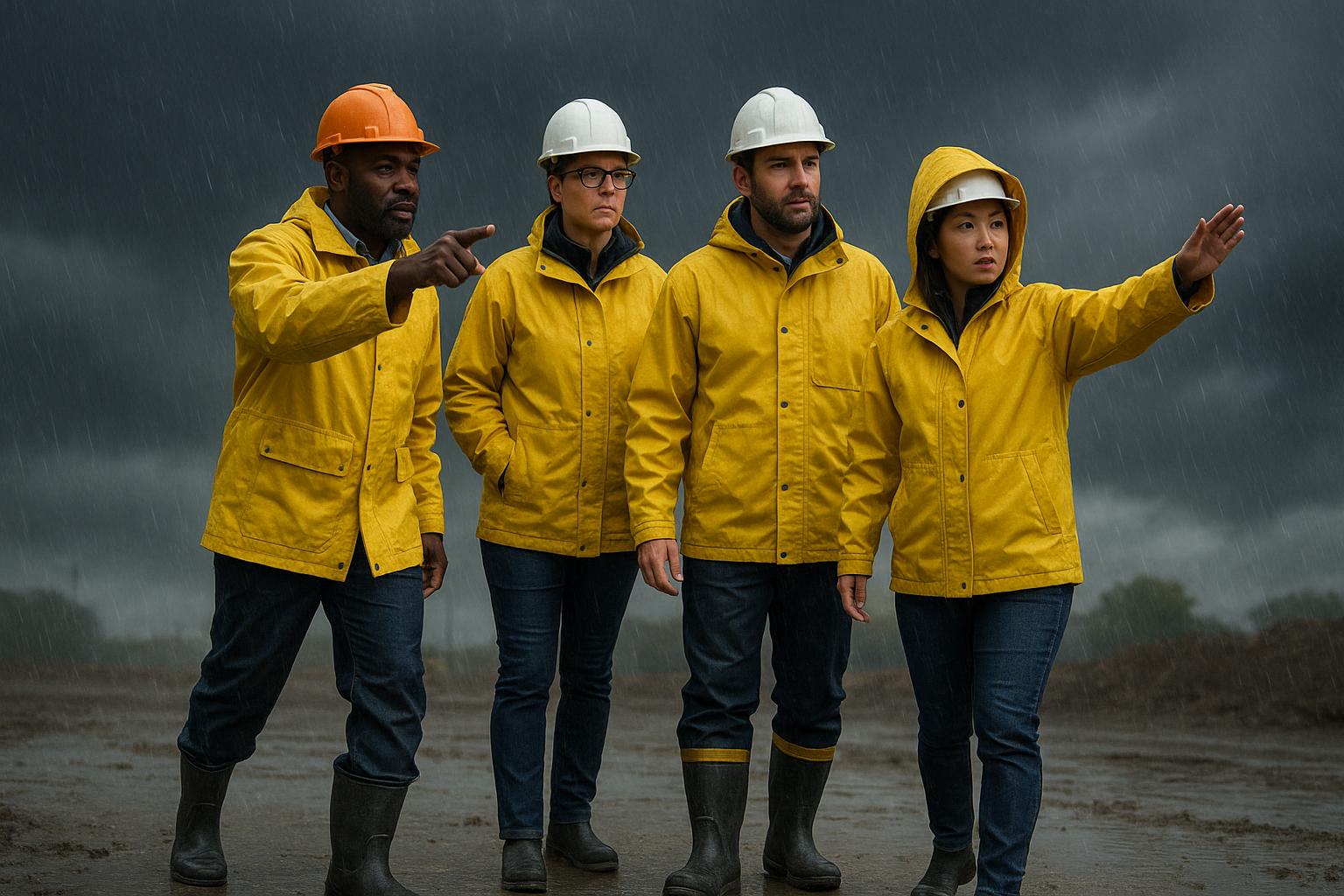Personal Protective Equipment (PPE) is a critical component in ensuring workplace safety across various industries. From construction sites to healthcare facilities, the appropriate use of PPE can significantly reduce the risk of injuries and illnesses. This comprehensive guide provides industry-specific PPE checklists to help safety leads and managers ensure their teams are adequately protected.
Understanding PPE and Its Importance
PPE includes a range of equipment designed to protect workers from hazards that cannot be eliminated through engineering or administrative controls. According to the Occupational Safety and Health Administration (OSHA), employers are responsible for providing and maintaining PPE, as well as training employees on its proper use.
Regular inspections and maintenance of PPE are essential to ensure its effectiveness. Neglecting these practices can lead to equipment failure and increased risk of injury. Implementing a structured PPE program, including checklists tailored to specific industries, can enhance compliance and safety outcomes.
Industry-Specific PPE Checklists
1. Construction Industry
Construction workers face numerous hazards, including falls, heavy machinery, and exposure to harmful substances.
PPE Checklist:
- Head Protection: Hard hats meeting ANSI/ISEA Z89.1 standards.
- Eye and Face Protection: Safety glasses or goggles with side shields; face shields for tasks involving flying particles.
- Hearing Protection: Earplugs or earmuffs for high-noise areas.
- Respiratory Protection: Dust masks or respirators for exposure to dust and fumes.
- Hand Protection: Gloves suitable for the task (e.g., cut-resistant, chemical-resistant).
- Foot Protection: Steel-toe boots with slip-resistant soles.
- Fall Protection: Harnesses and lanyards for working at heights.
2. Healthcare Industry
Healthcare workers are exposed to biological hazards and require PPE to prevent the spread of infections.
PPE Checklist:
- Gloves: Disposable gloves for patient care and handling hazardous materials.
- Gowns/Aprons: Fluid-resistant gowns for procedures with exposure to bodily fluids.
- Masks/Respirators: Surgical masks or N95 respirators for airborne precautions.
- Eye Protection: Goggles or face shields to protect against splashes.
- Footwear: Closed-toe shoes with non-slip soles.
3. Manufacturing Industry
Manufacturing environments present risks such as machinery hazards, chemical exposure, and noise.
PPE Checklist:
- Head Protection: Hard hats for areas with overhead hazards.
- Eye and Face Protection: Safety glasses or face shields for tasks involving flying debris or chemicals.
- Hearing Protection: Earplugs or earmuffs in high-noise areas.
- Respiratory Protection: Appropriate respirators for exposure to dust, fumes, or vapors.
- Hand Protection: Gloves suitable for handling materials or chemicals.
- Foot Protection: Safety shoes with protective toe caps and slip-resistant soles.
- Protective Clothing: Coveralls or lab coats to protect against spills and splashes.
4. Chemical Industry
Workers in the chemical industry handle hazardous substances requiring specialized PPE.
PPE Checklist:
- Chemical-Resistant Gloves: Gloves made of materials compatible with the chemicals handled.
- Protective Clothing: Chemical-resistant suits or aprons.
- Eye and Face Protection: Goggles and face shields for splash protection.
- Respiratory Protection: Respirators with appropriate cartridges for chemical vapors.
- Foot Protection: Chemical-resistant boots.
- Emergency Equipment: Access to eyewash stations and safety showers.
5. Food Processing Industry
In food processing, PPE prevents contamination and protects workers from hazards.
PPE Checklist:
- Hairnets and Beard Covers: To prevent contamination.
- Gloves: Disposable gloves for handling food products.
- Aprons: Waterproof aprons to protect against spills.
- Footwear: Non-slip shoes or boots.
- Eye Protection: Safety glasses for tasks involving cleaning agents.
- Hearing Protection: Earplugs or earmuffs in noisy environments.
Implementing PPE Checklists in the Workplace
- Assessment: Conduct a thorough hazard assessment to determine the necessary PPE for each task.
- Selection: Choose PPE that meets industry standards and is appropriate for the identified hazards.
- Training: Provide comprehensive training on the correct use, maintenance, and limitations of PPE.
- Inspection and Maintenance: Regularly inspect PPE for damage and replace as necessary.
- Documentation: Maintain records of PPE issuance, training, and inspections.
Utilizing digital tools can streamline the inspection process. Platforms like SafetyCulture and Safetymint offer customizable PPE checklists and compliance management solutions.
Ensuring the proper use of PPE is vital for protecting workers across all industries. By implementing industry-specific checklists and fostering a culture of safety, organizations can reduce workplace injuries and maintain compliance with safety regulations. Regular training, inspections, and updates to PPE protocols are essential components of an effective safety program.



